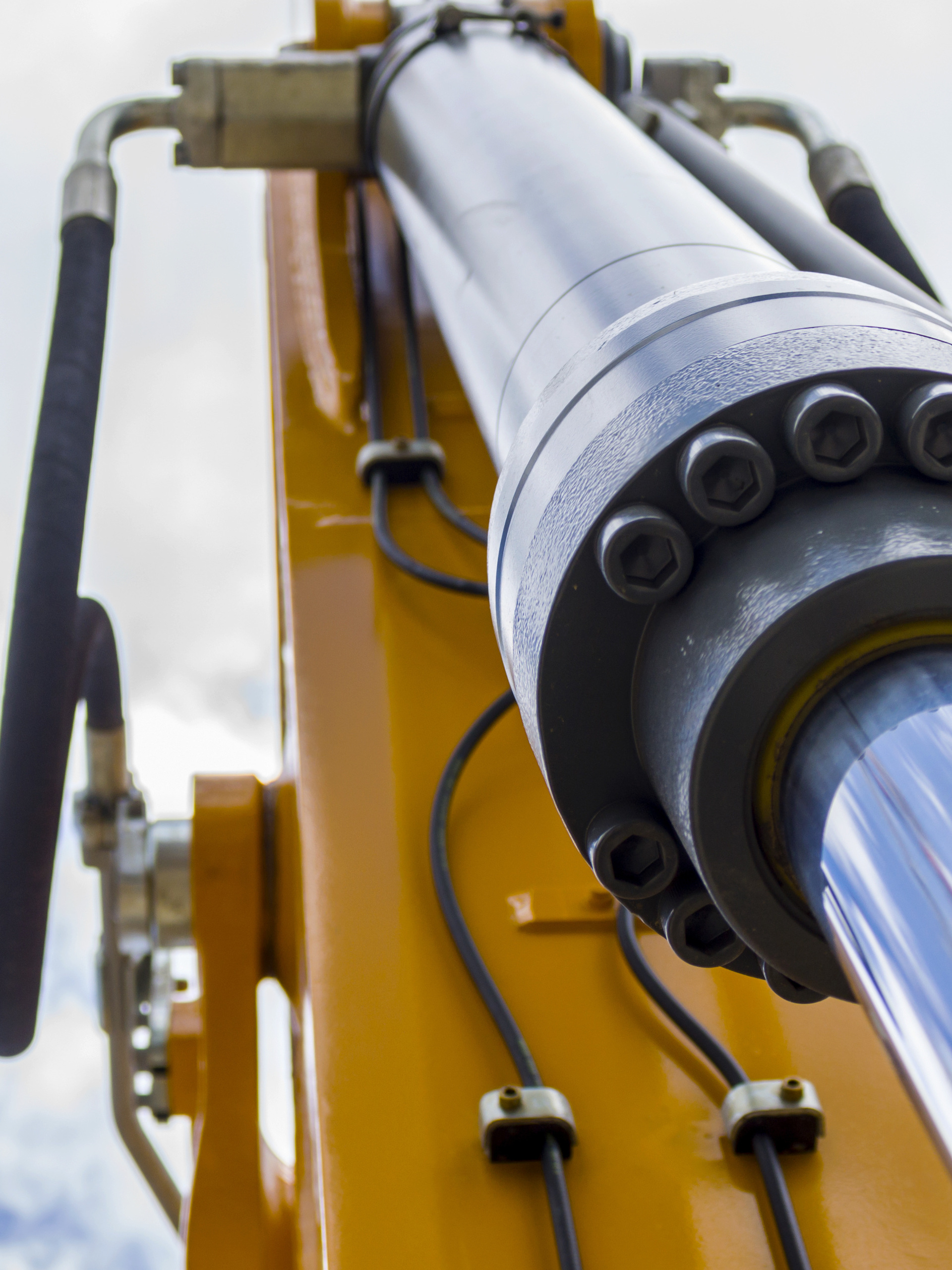Hydraulic cylinders are essential components in many industries. They play a crucial role in various applications, from construction to manufacturing. These powerful devices help accomplish tasks that require significant force and precision. This article will explore some interesting facts about hydraulic cylinders. By the end, you will have a deeper understanding of their importance and relevance in today’s world.
1. The Basic Principle of Hydraulic Cylinders
At their core, hydraulic cylinders operate on Pascal’s Law, which states that pressure applied to a confined fluid will transmit equally in all directions. This principle allows hydraulic cylinders to generate immense force by applying pressure to a relatively small area.
When pumped into the cylinder, the hydraulic fluid pushes against the piston and creates a linear motion. This motion will lift heavy loads, move machinery, or perform other tasks that require precise control.
2. The Surprising History of Hydraulic Cylinders
The hydraulics concept dates back to ancient civilizations, where people used to power simple machines. However, the modern hydraulic cylinder began to take shape during the Industrial Revolution. In the early 19th century, hydraulic technology advanced rapidly, thanks to innovators like Joseph Bramah and William Armstrong.
Joseph Bramah’s hydraulic press, patented in 1795, was one of the first practical applications of hydraulic principles. Later, in the mid-1800s, William Armstrong developed the hydraulic crane, which revolutionized material handling in docks and warehouses. These early innovations laid the groundwork for today’s sophisticated hydraulic systems.
3. Common Uses of Hydraulic Cylinders Across Industries
Hydraulic cylinders are incredibly versatile and find applications in various industries. In construction, they power heavy machinery like excavators, bulldozers, and cranes, making it possible to perform tasks that would be impossible with manual labor alone. In manufacturing, hydraulic cylinders power up presses, injection molding machines, and assembly lines to ensure precise and efficient operations.
The automotive industry also relies heavily on hydraulic systems for braking, steering, and suspension components. Additionally, hydraulic cylinders play a crucial role in the aerospace industry, where they control aircraft landing gear and control systems. The wide range of applications highlights the importance of hydraulic cylinders in modern industrial operations.
4. Environmental Impact and Sustainability of Hydraulic Cylinders
The environmental impact of hydraulic cylinders is a growing concern, especially regarding fluid leakage and energy consumption. Traditional hydraulic systems can be prone to leaks, reducing efficiency and posing environmental risks. To address these issues, manufacturers are developing eco-friendly hydraulic fluids that are biodegradable and less harmful to the environment.
Advancements in hydraulic cylinder maintenance practices can help reduce the environmental impact. Regular hydraulic cylinder maintenance can prevent leaks, extend the lifespan of components, and improve overall system efficiency. By adopting sustainable practices and investing in new technologies, the hydraulic industry can minimize its environmental footprint and contribute to a greener future.
These interesting facts about hydraulic cylinders have shown how indispensable they are in various industries. From their basic operating principles to their rich history and sustainability practices, there is much to appreciate about these powerful devices.
Casey Cartwright
Latest posts by Casey Cartwright (see all)
- The Best Fish To Try and Catch in Northern Canada – June 4, 2025
- How Weather Conditions Impact Your Hunting Success – June 3, 2025
- 4 Crucial Accessories To Pick Up Before Night Hunting – May 28, 2025

Leave a Reply